The South Pole is one of the coldest places on earth. It is so cold that there are spots where the ice never even melts at all.
There is very little vegetation there, and not a lot of wildlife either. It’s actually quite dangerous there. A hole in the ozone layer means that going there without eye protection can cause you to develop eye cancer. If your eyewear has any steel, it will burn your skin if it touches.
Doesn’t sound like a fun place to me! Contrary to popular belief, the actual South Pole is different from the magnetic South Pole. It is in the center of the southern hemisphere while magnetic South Pole changes constantly.
There is a South Pole that is ceremonial that bears the flags of different countries that have signed the Antarctic Treaty.
One unique feature of the South Pole is the complete darkness from May until August. There are many other facts about the South Pole that you probably haven’t heard about. Here are 13 if the most crazy ones.
1.Discovered In 1820
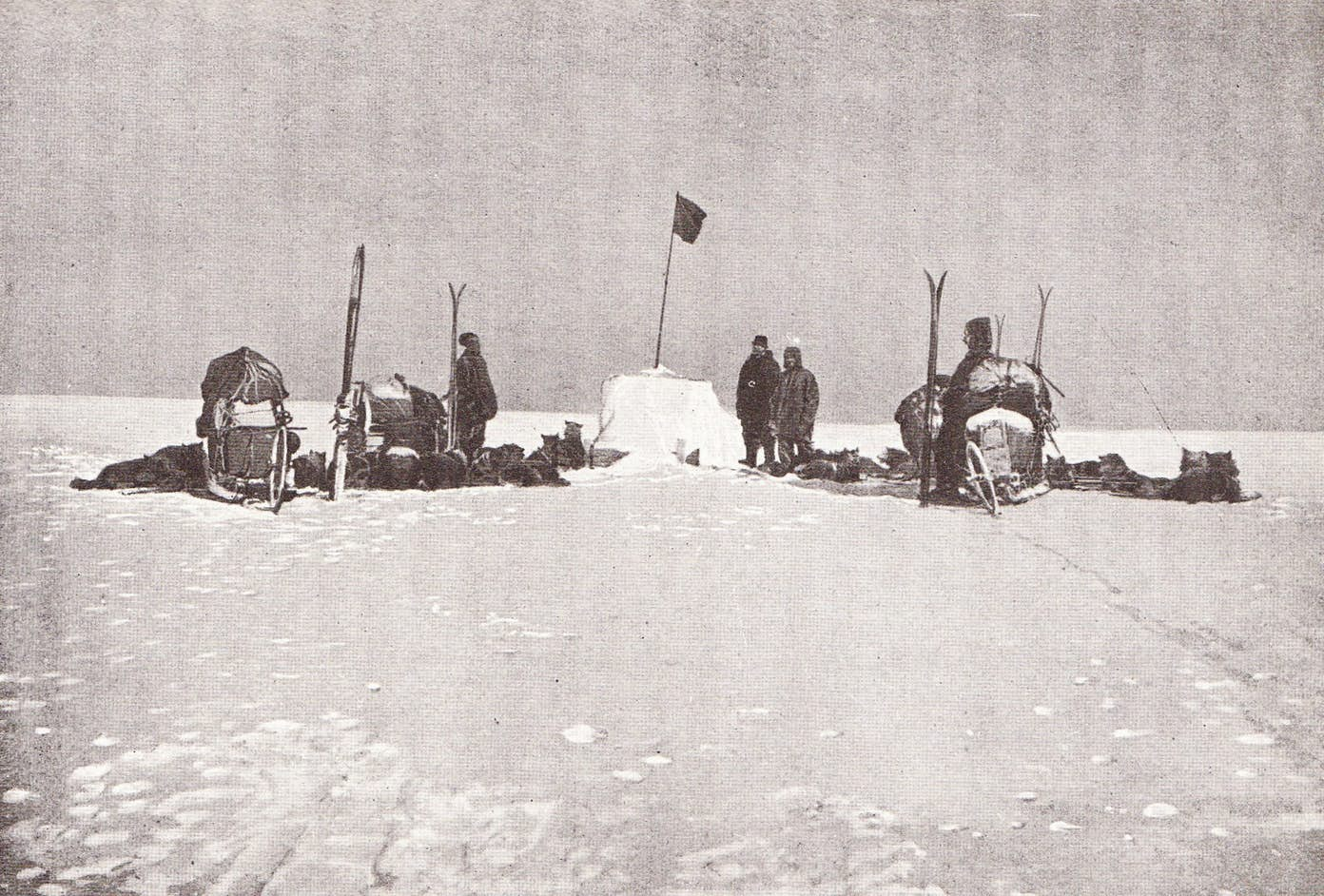
Antarctica was discovered in 1820 by Russians, although they didn’t stop there. Captain John Davis, an American , was the first person to ever actually step foot on the icy continent. It wasn’t until 1911 that anyone reached the pole. Roald Amundsen, a Norwegian, and his men were the first ones.
1956 was the next time anyone attempted to go to the South Pole. A station was set up between then and the next year, Amundsen-Scott South Pole Station. It is still very active today. They conduct all kinds of research in the region.
2. Meteorites are easily found
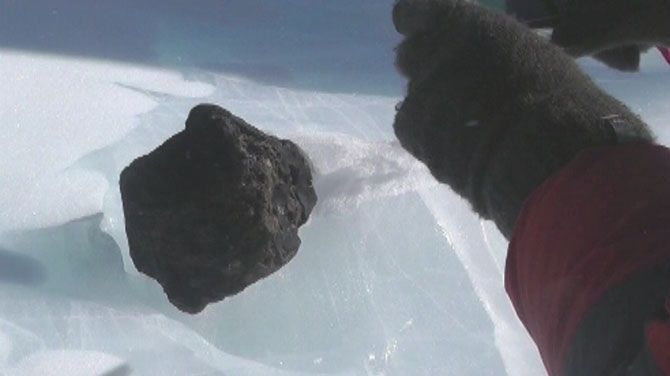
The South Pole is one of the best places around to find meteorites. The black space rocks are easy to spot among the white snow and ice. That doesn’t always mean they’re easy to get to, though.
Most of the time, they get buried in the ice and become part of the glaciers themselves. They are nearly impossible to get out from the glaciers because the surface of it is so hard that if you do crack it, you chance falling in the ridge. That’s not something you can come back from.
3. Bloody Waterfall
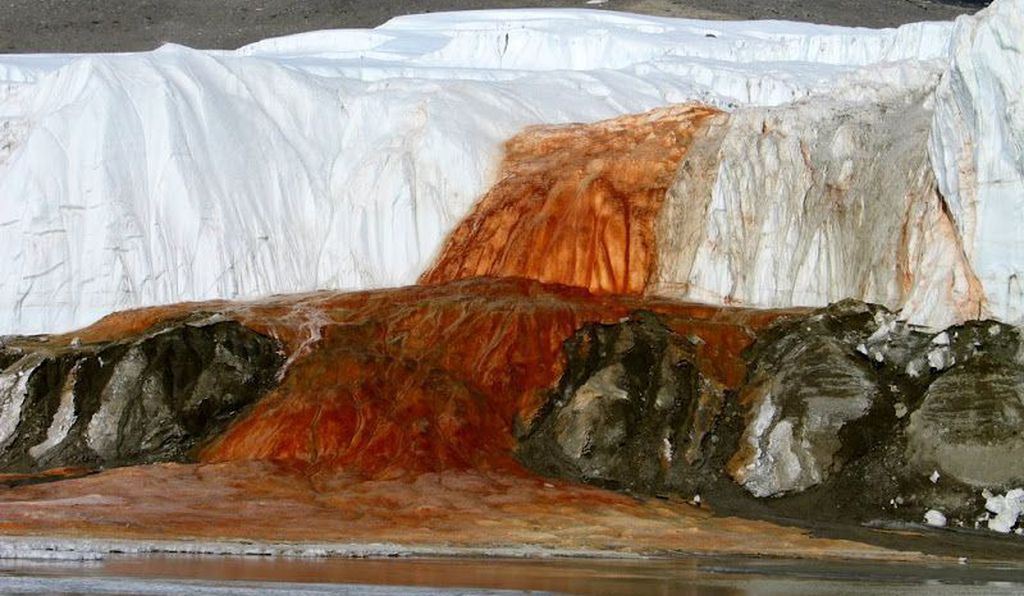
There is a waterfall in Antarctica that looks like blood spilling down the snow. It isn’t, but it sure does make my stomach queasy just looking at it.
The water is tinted read because it is very iron rich, and it flows from Taylor glacier and into Lake Bonney.
If you’re wondering how it can be that there is a waterfall on the coldest place on earth, it’s because it is very salty, three times saltier than seawater. Salt lowers the freezing point quite a bit.
What is really neat, is that the water is not ready underground. There’s a chemical reaction when the water hits the open air that turns ferrous into ferrous oxide. Ferrous oxide is the scientific name for rust.
4. Penguins are the only wildlife
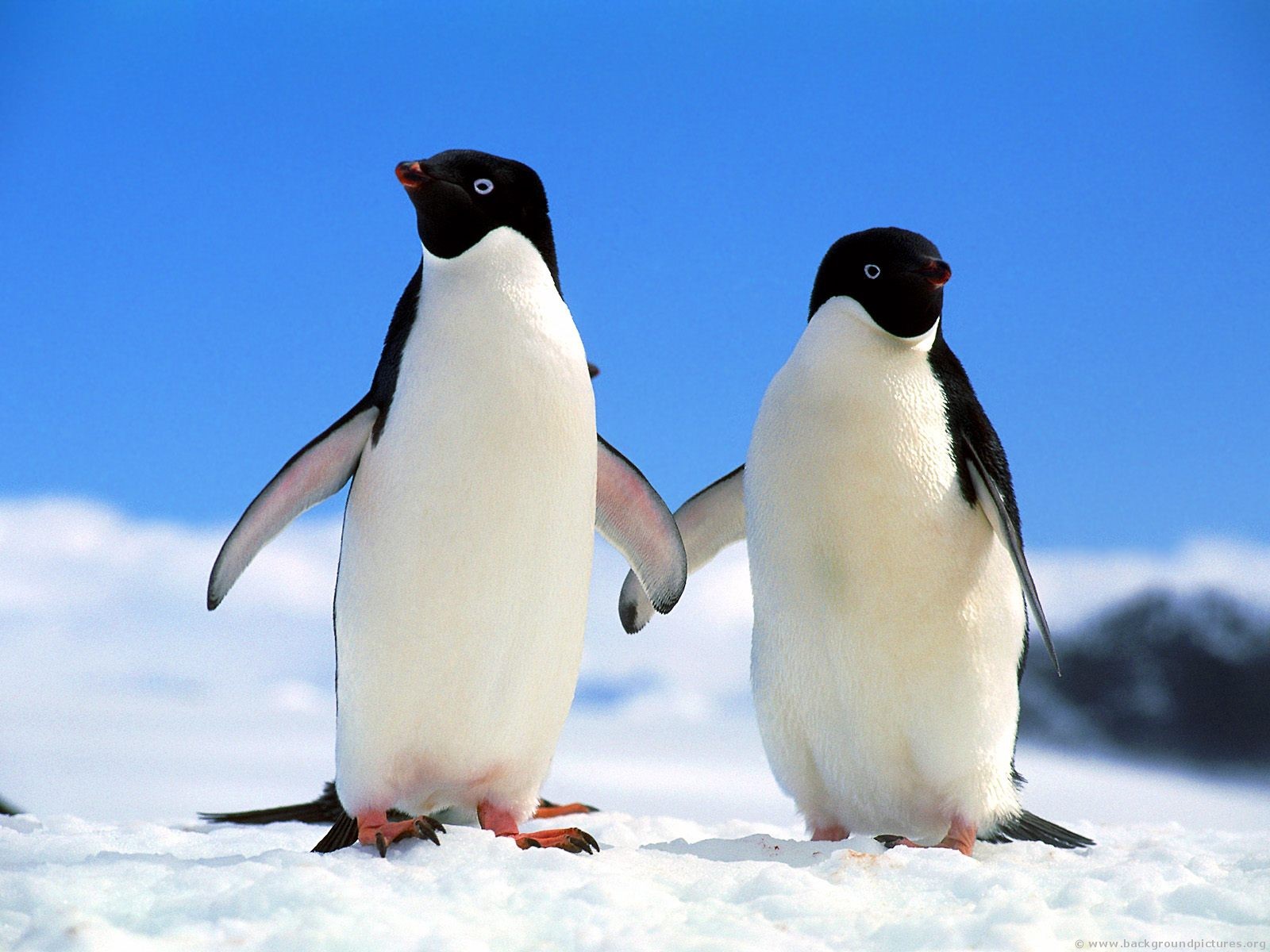
In Antarctica, you won’t see many animals. You’ll only see penguins. Not all penguins live there, though. Most penguin species live in more temperate climates, such as South Africa.
You won’t find any penguins at the north pole, and that’s because predators such as polar bears and arctic foxes would wipe them out.
The large emperor penguins are native to the South Pole.
These days, they are much smaller than they used to be. In prehistoric times, they were the size of fully grown humans.
5. Everlasting ice
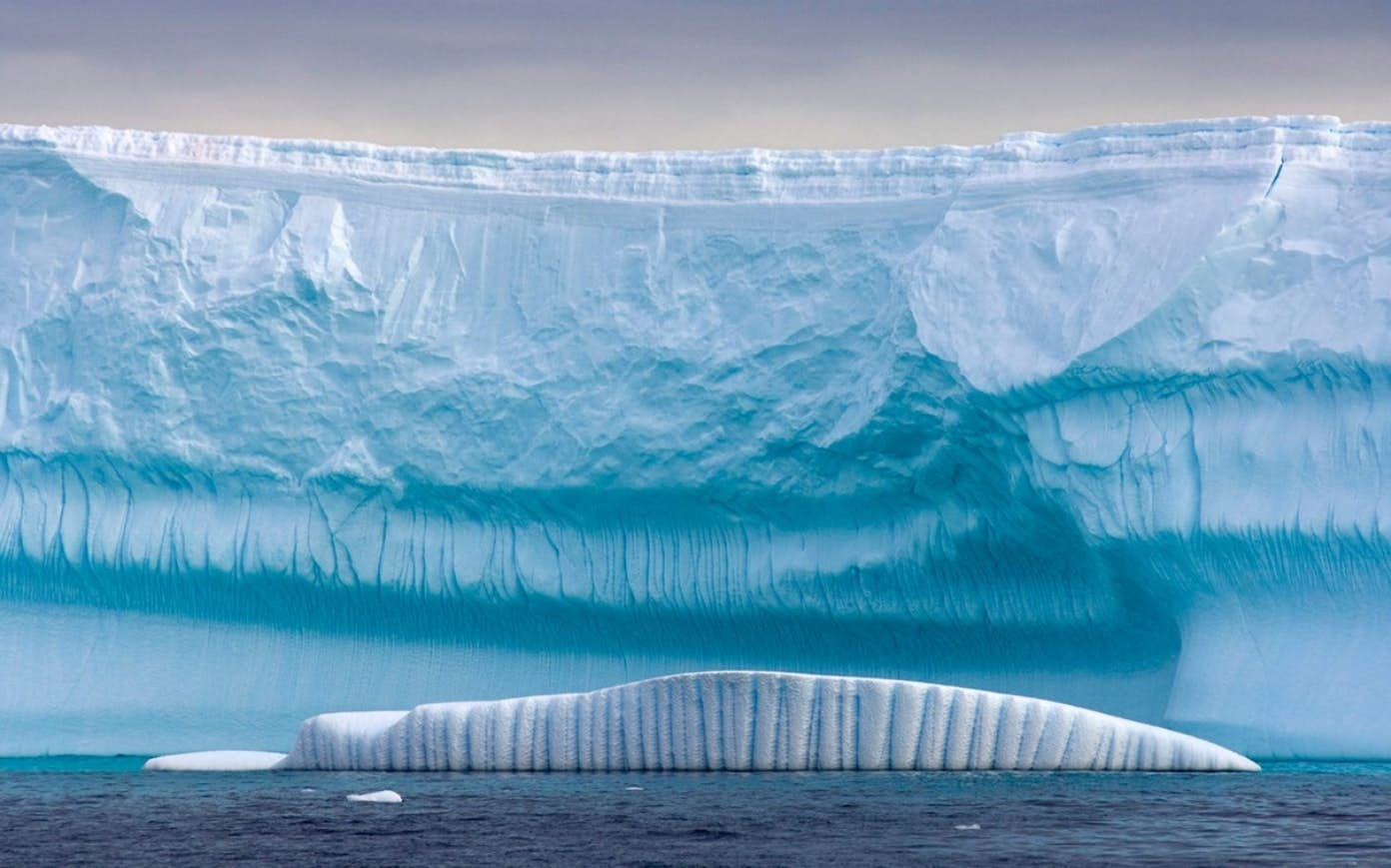
The ice in Antarctica never melts. It’s always well below zero there. In the winter, it’s normal temp is -45C after dark.
Even with the ozone layer problems, the fact that it is always so cold ensures that the ice just grows and grows.
Scientists from the University of Washington, and MIT said that waters in The Southern Hemisphere Bring water from below to the top, ensuring that the cold temperatures form more ice, and doesn’t melt any.
6. Ice fish
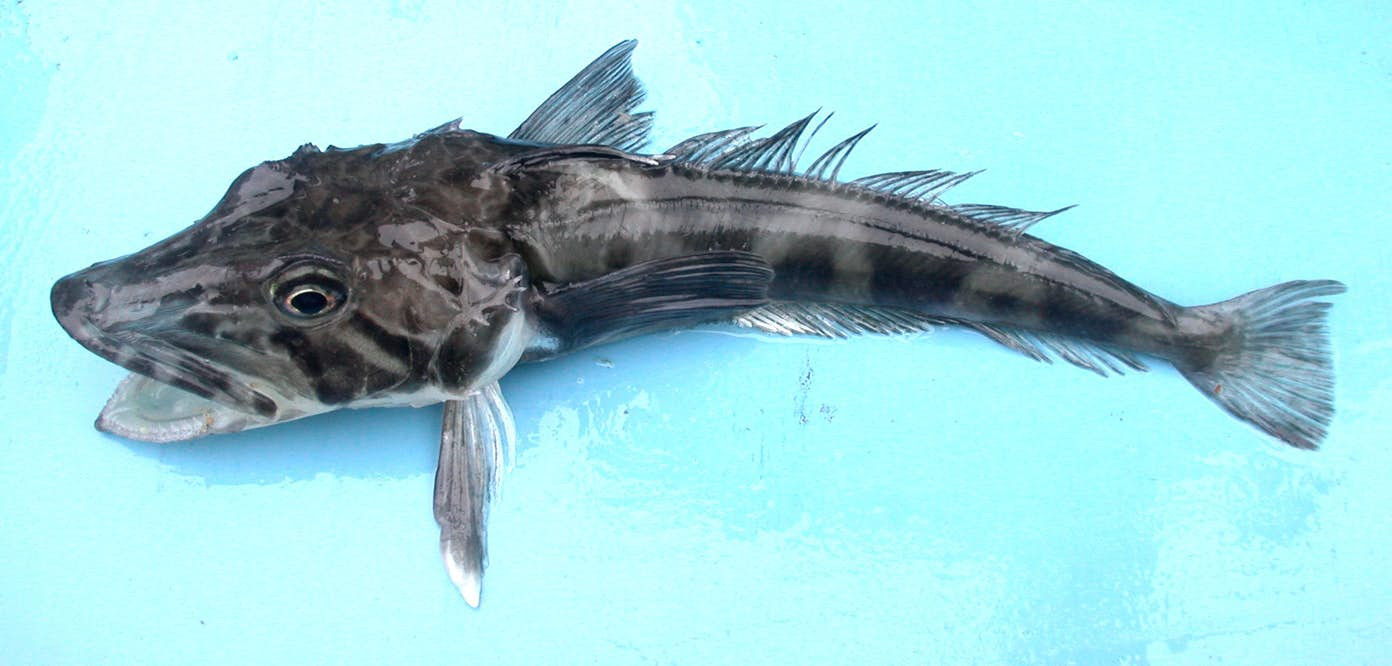
There is an extremely unique fish in the waters of the Antarctic. It is called an ice fish, and it is a strange creature, indeed. These fish have no red blood cells, therefore, their blood is colorless.
Overtime, these fish have learned to survive as their red blood cells diminished completely. Their gills are white and soft, unlike the red or brown gills of other fish. The gills are full of blood, you just can’t see the blood of these fish.
It is believed that the highly oxygenated water in the waters of the Antarctic made the skin and gills of these fish so thin.
7. Opposite seasons
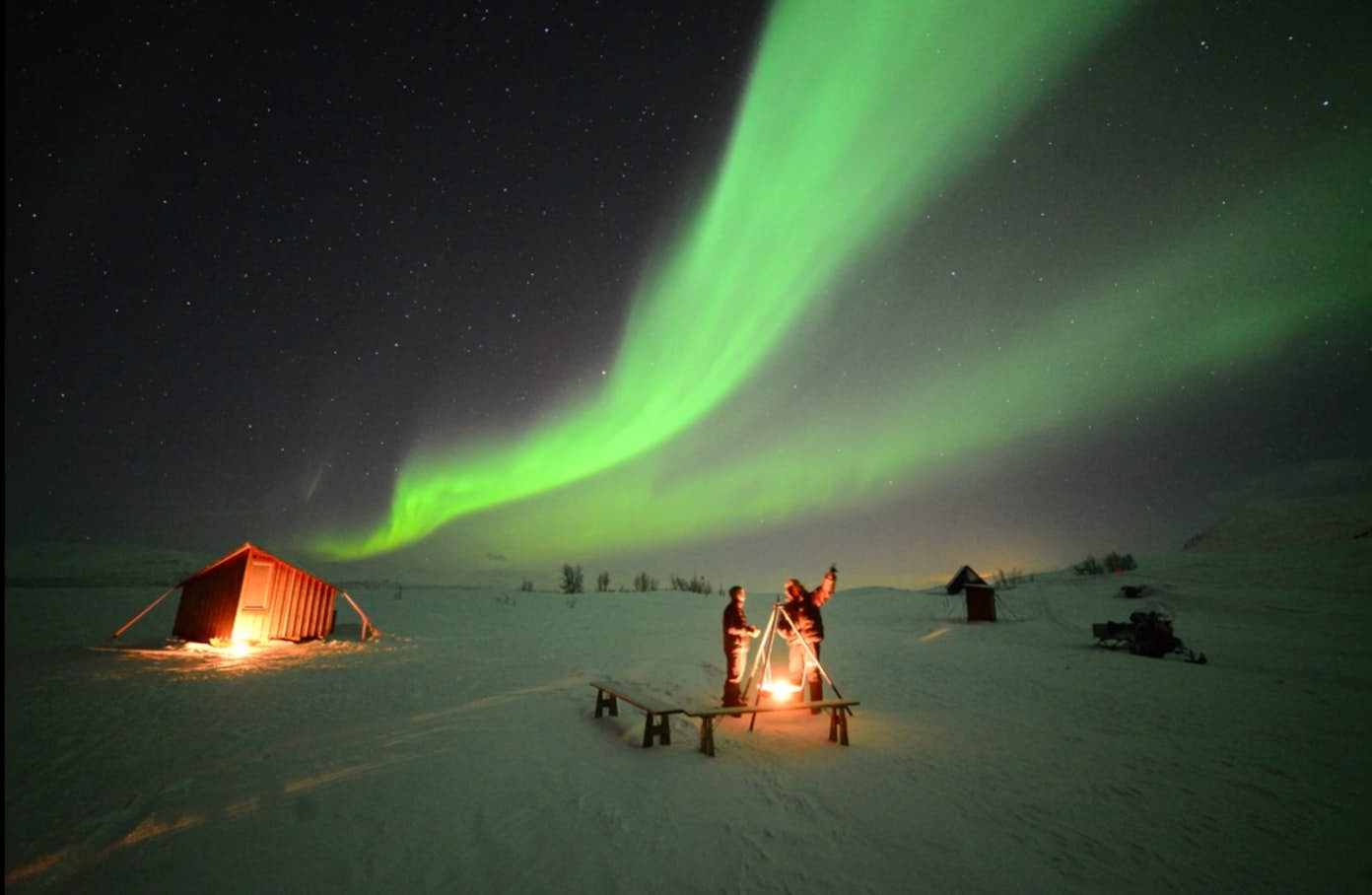
When the northern hemisphere is experiencing summer, the south pole is dead in the middle of winter. The seasons are opposite. The South pole is not the only place that experiences this. Australia and New Zealand are also opposite from the northern hemisphere because they lie so far south.
Because of the South Pole at the extreme south of the earth, it actually only gets two seasons. Summer and winter.
8. Nobody’s Home
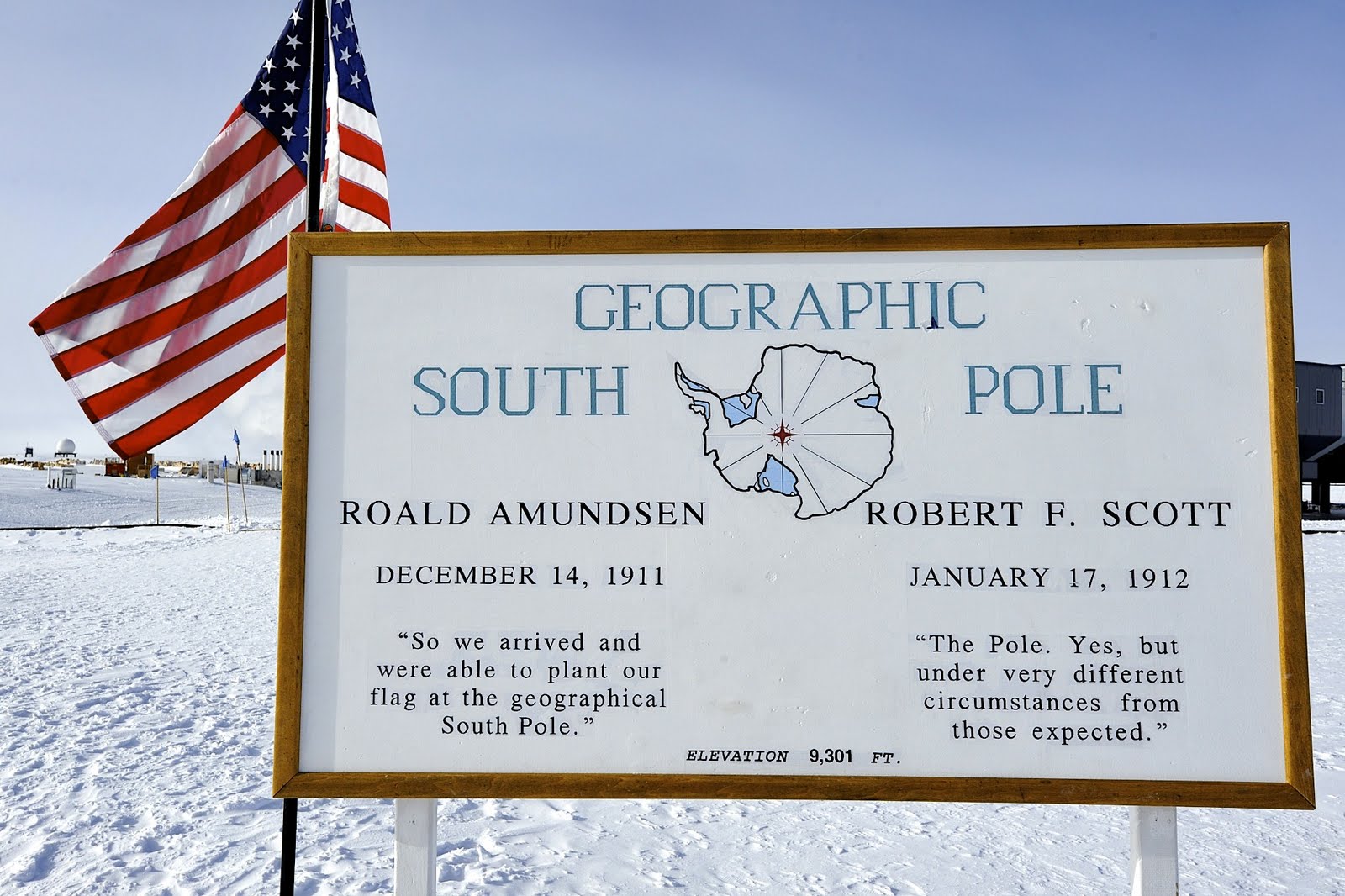
Antarctica isn’t any country’s property, so it can’t be colonized. I’m not sure anyone would want to live there permanently, but there isn’t anyone who does because of that reason.
The only inhabitants of the continent are scientists who live there temporarily to study the area and conduct research. One to five thousand a year.
In the summer, there are visitors, to the tune of 36,000 yearly. There are a few who brave it in the winter, but not many.
Obviously there are no hotels or anything there so you couldn’t go and stay even if you wanted to.
9. Belongs to nobody
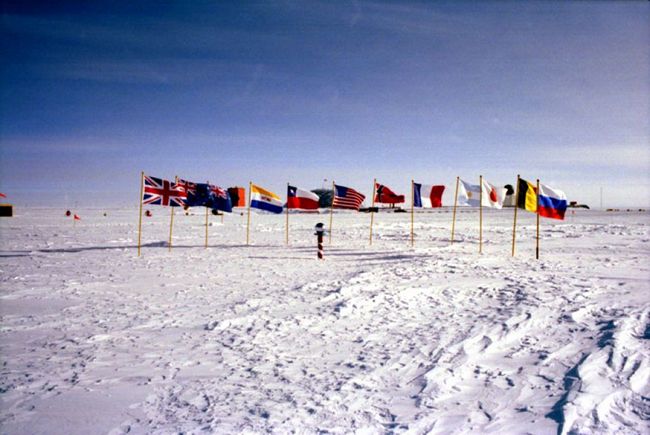
As mentioned above, nobody owns Antarctica. Several countries have claimed sovereignty, though none own it. New Zealand, France, Norway, Great Britain, Chile, Argentina, and Australia have all laid claim to it, but they haven’t been approved by the rest of the world, so it’s not legal.
53 countries are in the Antarctic treaty, an agreement to study and measure the continent. All rich countries. South Africa being the only one from The African continent. This is unfair to thaw poorer countries who might benefit from owning the frozen land down south.
10. It is a desert
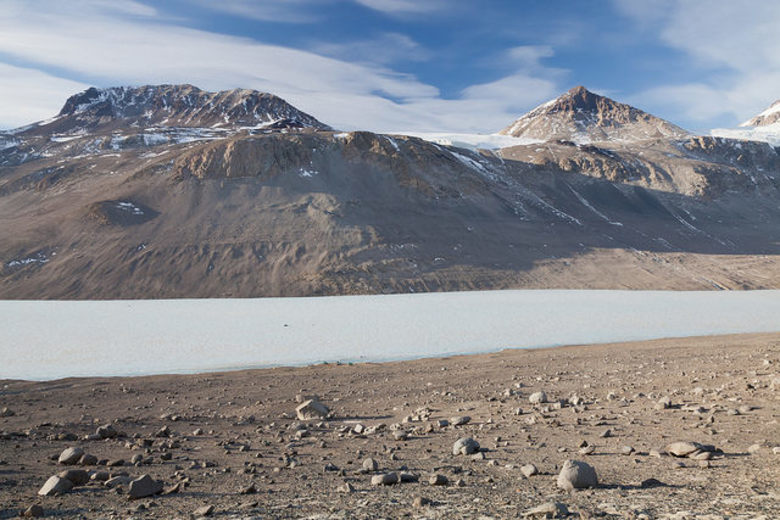
Even though you probably only think of a desert being sandy and blazing hot, that’s not true. Antarctica is a desert as well.
To tell the truth, 80% of the deserts on earth are icy , while only 20% are sandy.
To be considered a desert, the criteria is little to no rainfall. Actually, Antarctica is a polar desert, specifically, because there is less than 25cm of rain a year there and the temperature is never above -10 degrees Celsius.
11. No new plants, please
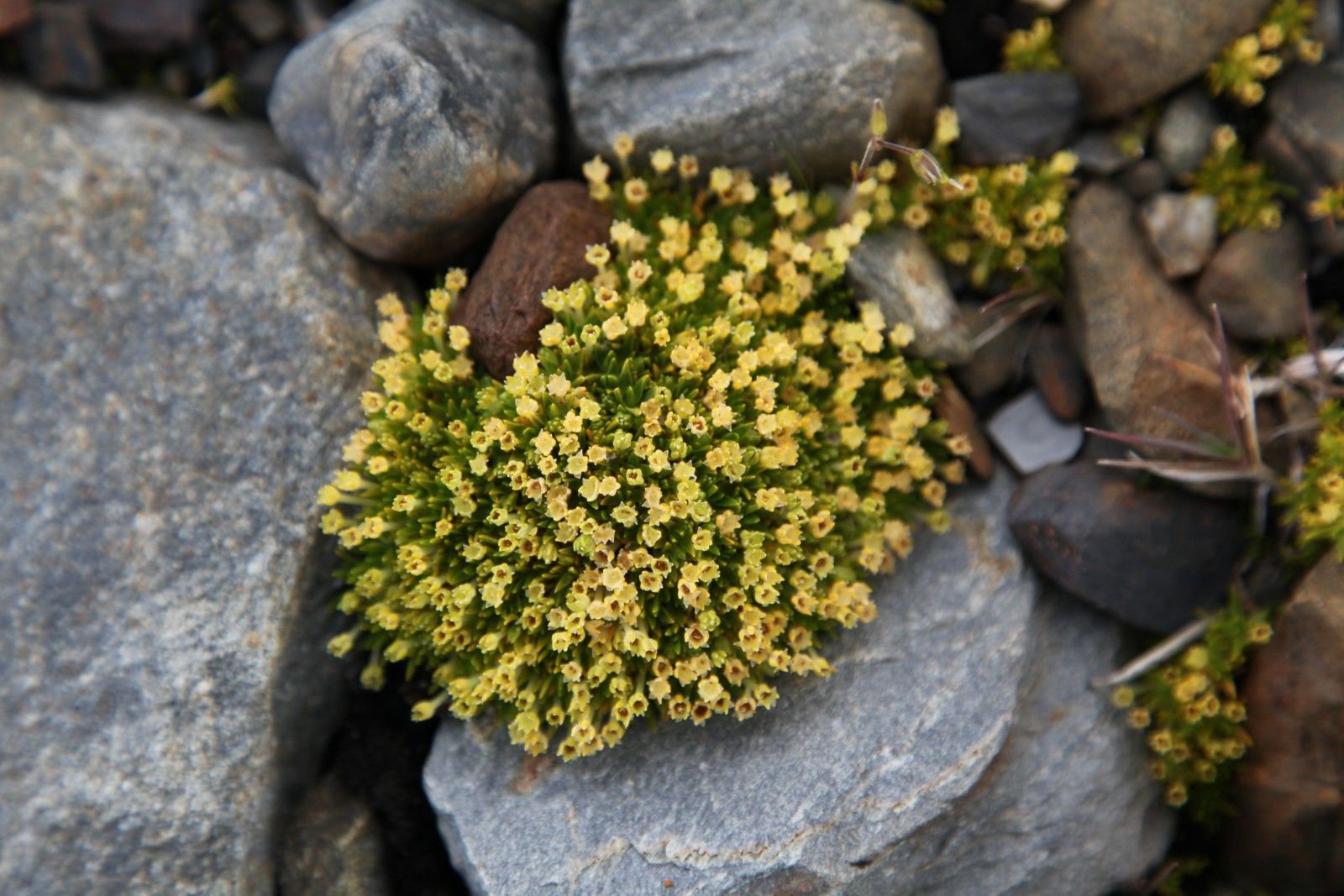
It is prohibited to bring any non native plants to Antarctica.
Not only could they not survive the frigid weather, but the scientists don’t want germs or parasites from soil to be introduced there and mess up the ecosystem that exists there.
It has happened that small insects or animals have been brought in unintentionally, such as bees and ants, but none have survived to actually set up a home there.
They especially take care to ensure rats stay away.
12. Biggest iceberg ever
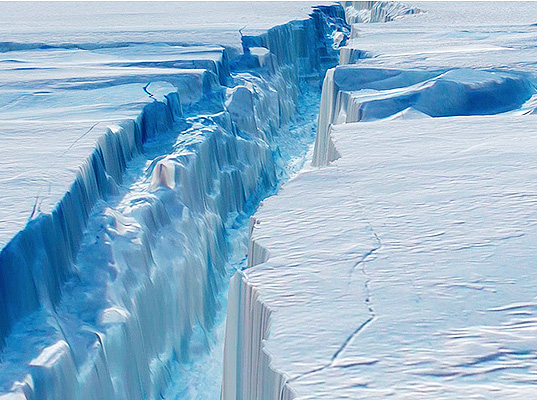
The largest iceberg in history broke off of Antarctica in 2017. It was the size of Qatar. That’s 7 times larger than New York City or 4 times as big as London.
It measured at 6,300 km. This makes it one of the biggest ever.
Scientists named it Larson C, and they knew it was going to happen due to the rapid climate change happening since 2014. They had been studying the crack and knew it was coming eventually.
It weighed 4 trillion tons. It likely fragmented into smaller prices after it broke off, so it shouldn’t be any danger to ships that come across it.
13. Lowest temp ever recorded in on earth
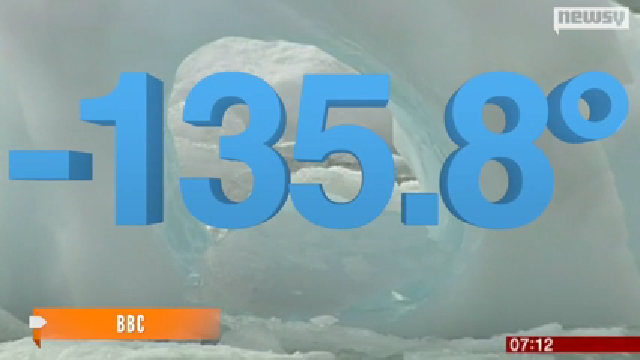
Antarctica holds the prize for the lowest recorded temperatures on earth. And in 2010, it actually beat its own record, held since 1983. Then the record was -89.2C. In August of 2010, NASA satellites recorded a new low of -94.7.
I cannot imagine ever having to feel either of these temps. Brr!
This is why hardly any vegetation exists and only penguins live there permanently. They have adapted to the sort of cold that would kill most other living beings.

Leave a Comment